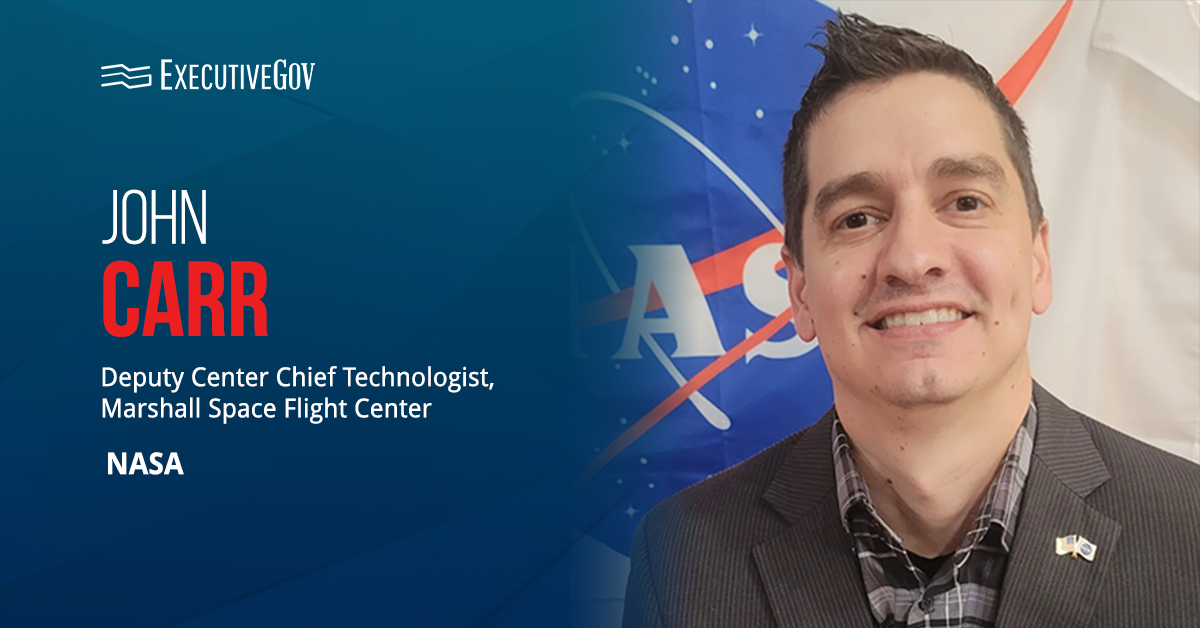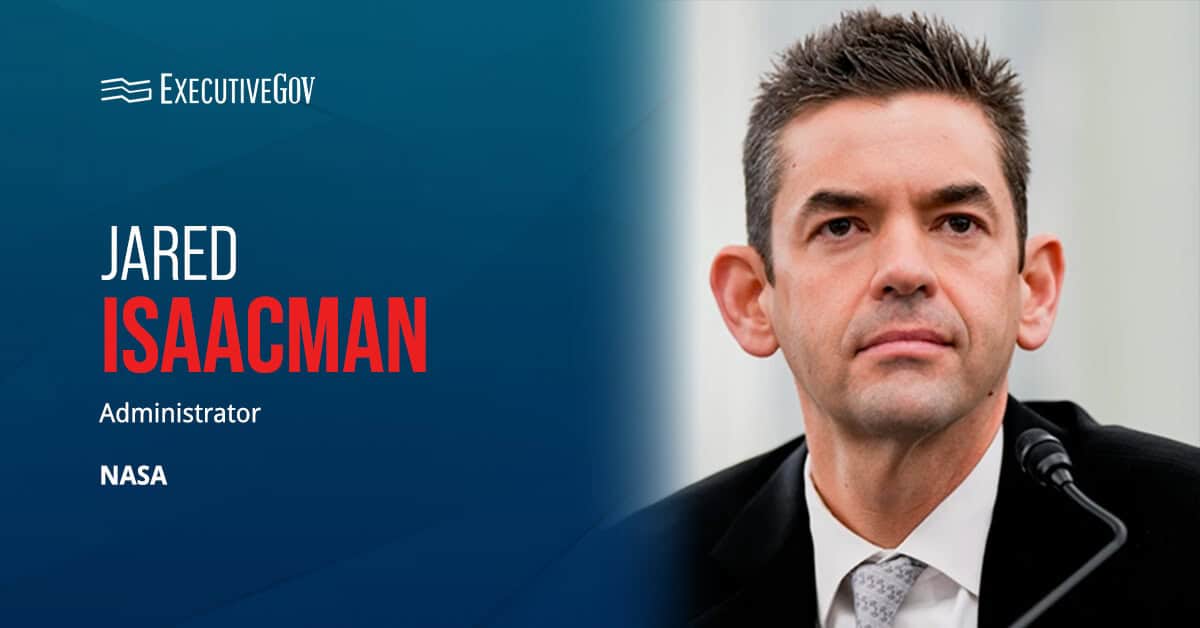NASA has begun fielding the central boom structure of a deployable solar array, marking the start of the demonstration of a new power and communications system on the Pathfinder Technology Demonstrator-4 spacecraft.
The agency said Wednesday the PTD-4 spacecraft seeks to demonstrate the power generation and communications capability of the payload called Lightweight Integrated Solar Array and anTenna, or LISA-T.
“The LISA-T experiment is an opportunity for NASA and the small spacecraft community to advance the packaging, deployment, and operation of thin-film, fully flexible solar and antenna arrays in space. The thin-film arrays will vastly improve power generation and communication capabilities throughout many different mission applications,” said John Carr, deputy center chief technologist at NASA’s Marshall Space Flight Center in Huntsville, Alabama.
“These capabilities are critical for achieving higher value science alongside the exploration of deep space with small spacecraft,” added Carr.
LISA-T’s central boom has four solar power and communication arrays, also called petals.
NASA has confirmed proper checkout of the PTD-4 spacecraft’s on-board electronics and support systems, including a small onboard camera that will capture images of the tech demonstration during the mission.
PTD-4 Spacecraft
On Aug. 16, SpaceX’s Transporter-11 rocket launched from Vandenberg Space Force Base in California to deploy the small spacecraft with the LISA-T technology to low Earth orbit.
The Marshall Space Flight Center designed and developed LISA-T and its supporting avionics system, while Terran Orbital developed the PTD-4 spacecraft bus, called Triumph.
NASA’s Small Spacecraft Technology program funds and oversees the PTD-4 mission and the overall Pathfinder Technology Demonstration mission series.





